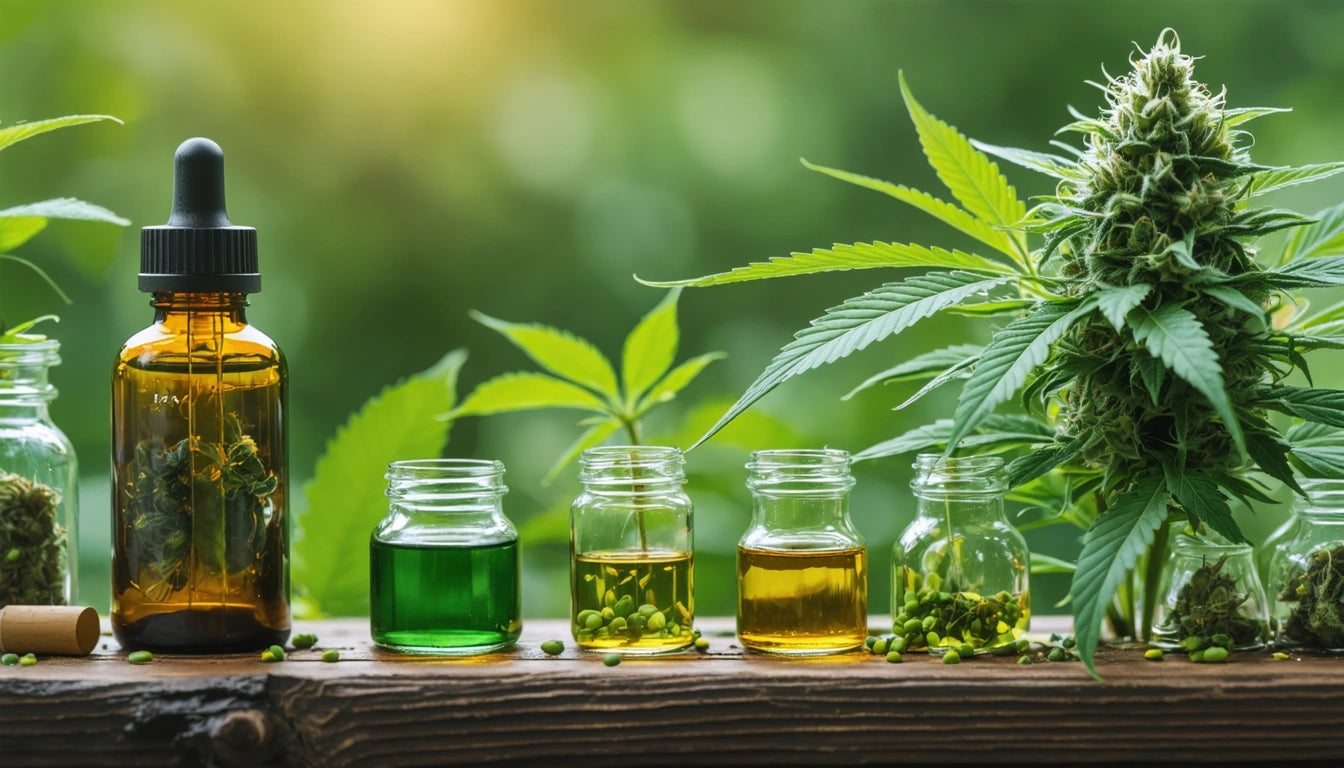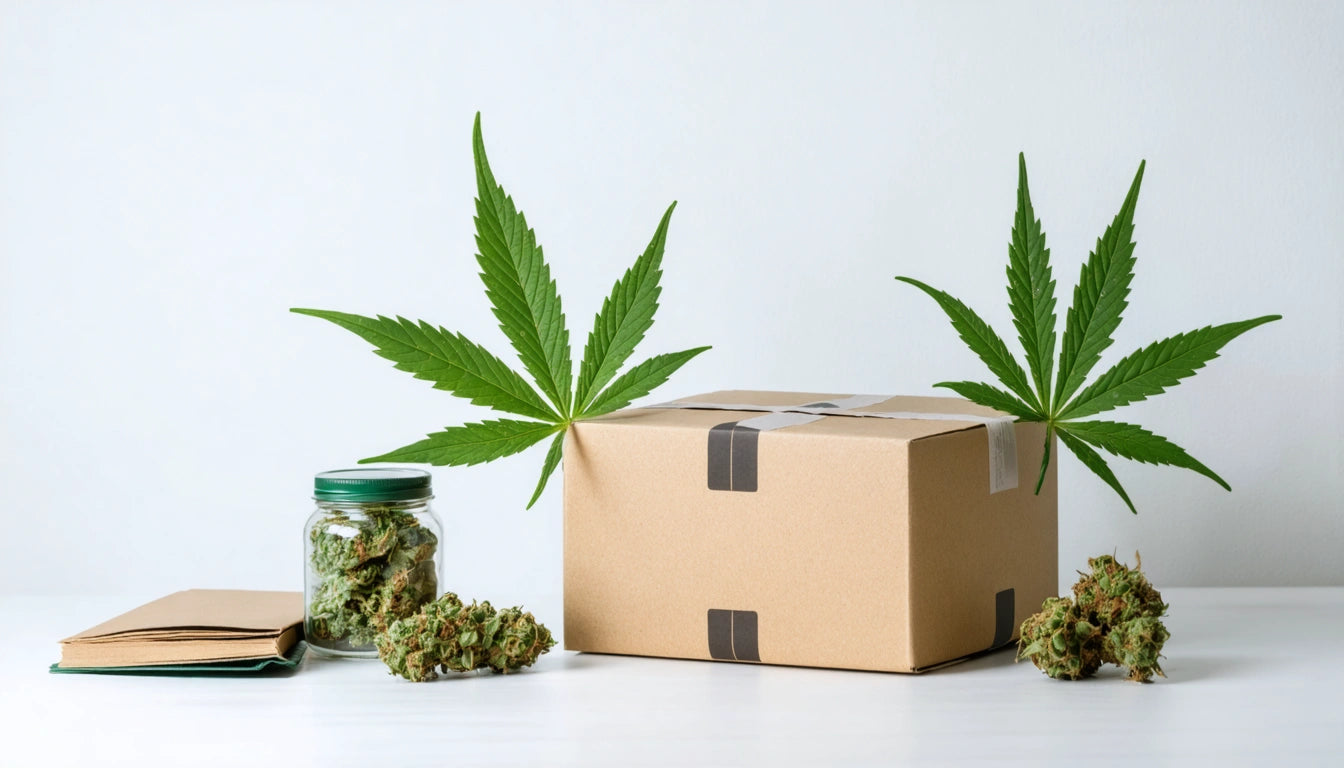Table of Contents
Cannabis concentrates offer potent experiences with diverse consumption methods, but understanding their labels is essential for safe and effective use. From THC percentages to extraction methods, concentrate labels contain critical information that helps consumers make informed decisions about product selection, dosing, and expected effects.
Understanding Concentrate Basics
Concentrates come in various forms including shatter, wax, budder, and live resin. Each type has unique characteristics affecting potency, flavor, and consumption methods. Before diving into label specifics, familiarize yourself with the differences between concentrate types to better understand what you're purchasing.
Most concentrate labels follow a standard format that includes:
- Product name and type
- Weight (typically in grams)
- Cannabinoid percentages
- Terpene information
- Extraction method
- Batch information and testing dates
- Producer information
Deciphering Potency Information
Potency information is usually the most prominent feature on concentrate labels. This section typically displays THC, CBD, and sometimes other cannabinoid percentages.
THC and Total Cannabinoids
When reading THC content, you'll often see two numbers:
- THC or Δ9-THC: The active form of THC that produces immediate effects
- Total THC: Combines active THC with THCA (the acid form that converts to THC when heated)
Total THC is calculated using a formula that accounts for the molecular weight difference between THCA and THC: Total THC = Δ9-THC + (THCA × 0.877)
For accurate dosing, many consumers rely on precision digital scales to measure their concentrate portions, ensuring consistent experiences especially with high-potency products where small differences matter significantly.
Terpene Profiles and Their Significance
Quality concentrate labels often include terpene profiles, listing percentages of dominant terpenes like myrcene, limonene, pinene, and caryophyllene. These compounds influence both flavor and effects, with some brands now highlighting specific terpenes to help consumers predict experiences.
When evaluating terpene information:
- Higher total terpene percentages (2%+) generally indicate more flavorful products
- Dominant terpenes suggest likely effects (myrcene for relaxation, limonene for mood elevation)
- Preservation of original plant terpenes often signals higher quality extraction methods
Understanding terpene profiles helps consumers select products aligned with their desired outcomes, whether medicinal or recreational. For medical users, specific terpenes may offer targeted benefits as outlined in this guide to medical concentrates.
Extraction Method Identification
Concentrate labels should indicate the extraction method used, which significantly impacts product quality, purity, and characteristics. Common methods include:
- Hydrocarbon extraction (BHO, propane): Results in shatter, wax, budder
- COâ‚‚ extraction: Often used for vape cartridges
- Ethanol extraction: Common for full-spectrum extracts
- Solventless methods: Includes ice water hash, rosin, and dry sift
Labels may use terms like "solvent-free" (processed with solvents but purged afterward) versus "solventless" (never processed with chemical solvents). For deeper understanding, explore the differences between solvent and solventless concentrates.
Compliance and Testing Information
Regulatory compliance information is crucial for ensuring product safety. Look for:
Lab Testing Results
- Contaminant testing: Confirms absence of pesticides, heavy metals, and residual solvents
- Microbial testing: Verifies product is free from harmful bacteria and mold
- Batch/harvest date: Indicates product freshness
- UID or tracking number: Allows traceability through the supply chain
Many products now include QR codes linking to complete Certificates of Analysis (COAs), providing comprehensive test results beyond what fits on the physical label.
Warning Statements
Compliant labels include mandatory warnings about:
- Age restrictions
- Potential health risks
- Pregnancy warnings
- Impairment notices
These statements are legally required and help promote responsible consumption practices.
Practical Tips for Concentrate Consumers
Beyond understanding label information, consider these practical aspects when selecting and using concentrates:
- Storage considerations: Follow proper storage practices to maintain potency and flavor
- Consumption method compatibility: Ensure the concentrate type matches your preferred consumption device
- Onset time and duration: Different concentrates and consumption methods produce varying onset times and effect durations
- Tolerance considerations: High-potency products require careful dosing, especially for new users
Understanding concentrate labels empowers consumers to make informed choices that enhance their experience while prioritizing safety. As the concentrate market continues to evolve, labels will likely become even more detailed, offering greater transparency and educational value to increasingly sophisticated cannabis consumers.











Leave a comment
All comments are moderated before being published.
This site is protected by hCaptcha and the hCaptcha Privacy Policy and Terms of Service apply.